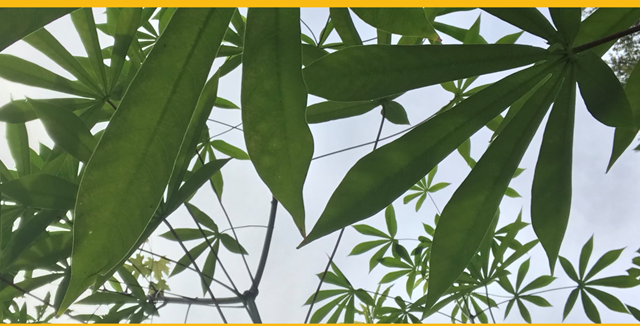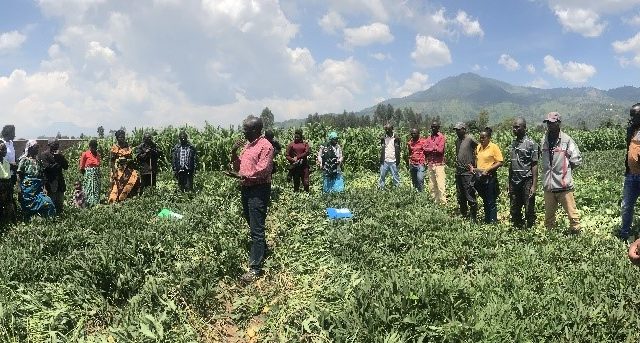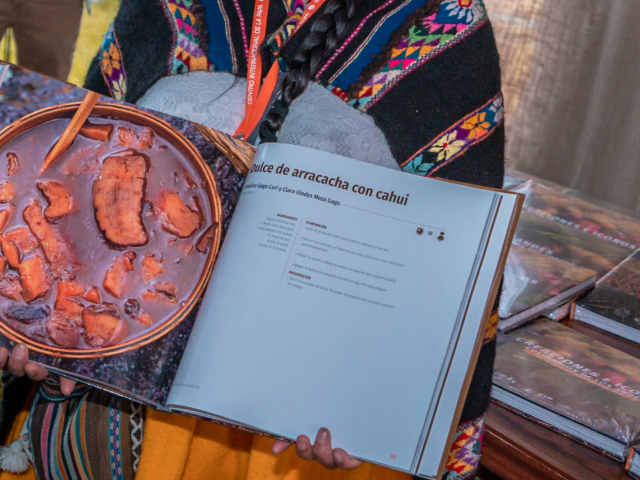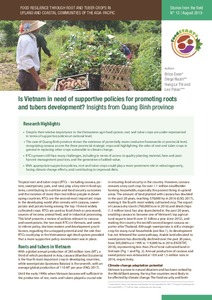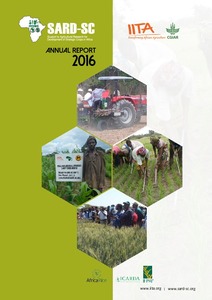Cassava diseases: ecology and control
Cassava is an important crop in many parts of the tropics, but it plays a particularly vital role in sustaining
food security in sub-Saharan Africa. Diseases are the greatest biotic constraint to cassava production worldwide.
Although the diversity of cassava pathogens is greatest in Latin America, the greatest impacts have been
reported from Africa. Most significantly, the dual cassava viral pandemics caused by cassava mosaic virus
disease (CMD) and cassava brown streak disease (CBSD) have affected many of the major cassavaproducing
countries in Africa, causing losses amounting to billions of dollars annually. Control programs
have primarily focused on developing than deploying host plant resistance. Good sources of resistance are
available for CMD and cassava bacterial blight (CBB), and germplasm improvement work is increasingly
being strengthened through the development of molecular markers for marker-assisted breeding and transgenic
approaches. Phytosanitary practices, mainly involving the selection of disease-free planting material
and quarantine measures to avoid long-distance spread, have been widely used. New disease outbreaks in
both Asia (CBB) and Africa (CBSD), however, highlight the need for continued vigilance in efforts to
understand the ecology of cassava diseases and develop robust and sustainable management solutions.
